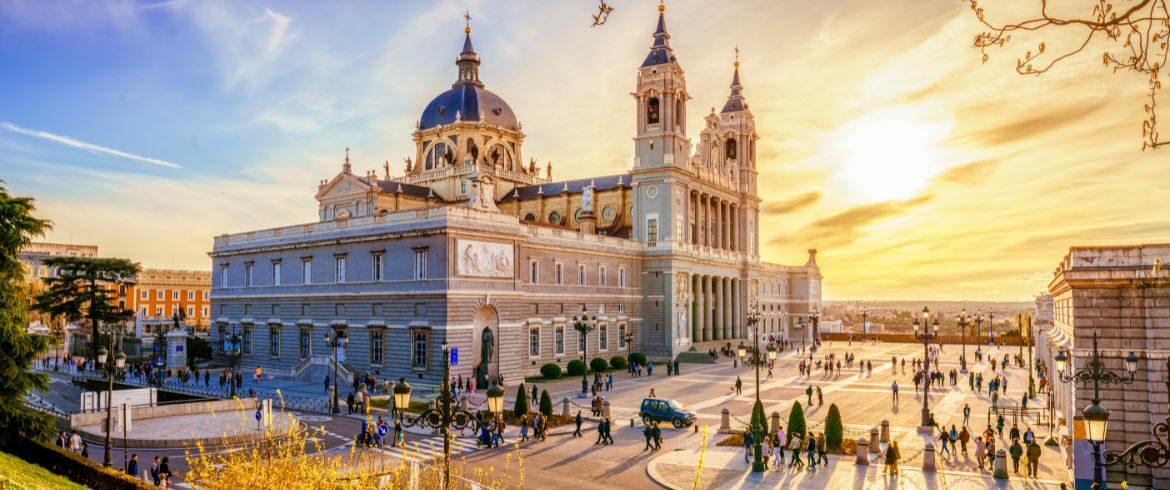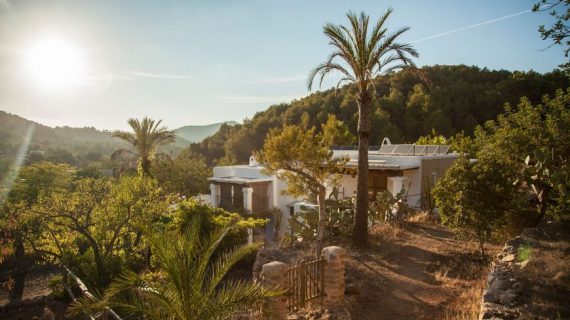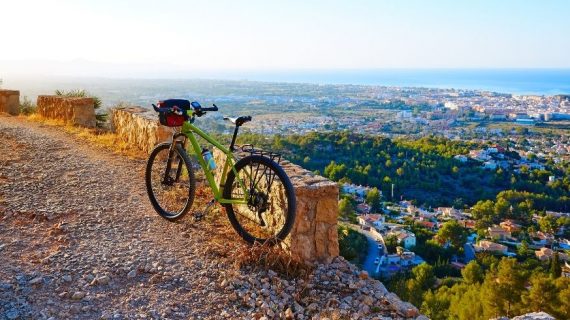Madrid is a city that seamlessly blends history, culture, and modernity. While it’s known for its rich tapestry of museums, bustling markets, and lively street life, exploring Madrid doesn’t have to break the bank. The city offers many free attractions that allow budget-conscious travelers to soak in the essence of this remarkable destination without spending a dime.
If you’re planning a visit to Madrid on a budget, fear not! In this article, we’ll guide you through five brilliant ways to make the most of your experience by highlighting five free must-visit places that showcase the city’s diverse offerings without denting your wallet.
Retiro Park: A Green Oasis in the Heart of Madrid
Retiro Park is usually the most popular tour of Madrid. It is a verdant sanctuary, offering respite from the bustling urban energy that defines the Spanish capital. Sprawling across 125 hectares, this expansive green space is not merely a park; it’s a haven where nature, art, and history converge to create a truly enchanting experience for locals and visitors alike.
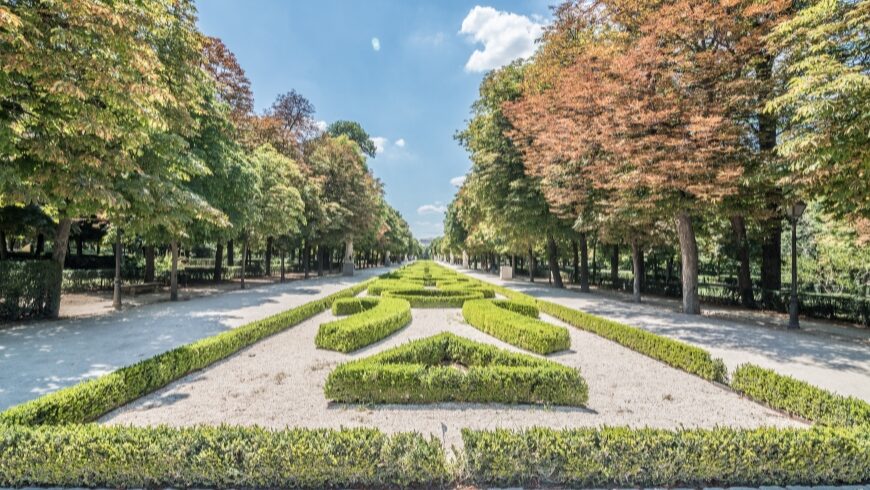
Retiro Park, originally a royal retreat in the 17th century, has evolved into a picturesque landscape featuring a harmonious blend of manicured gardens, towering trees, and open lawns. The park’s allure lies in its diverse ecosystems, which include the elegant Rosaleda rose garden, the contemplative Jardines de Cecilio Rodríguez, and the tranquil Estanque Grande, a large ornamental lake where visitors can rent rowboats for a leisurely paddle. The calming presence of nature permeates every corner, making it an ideal destination for those seeking solace amid Madrid’s vibrant urban life.
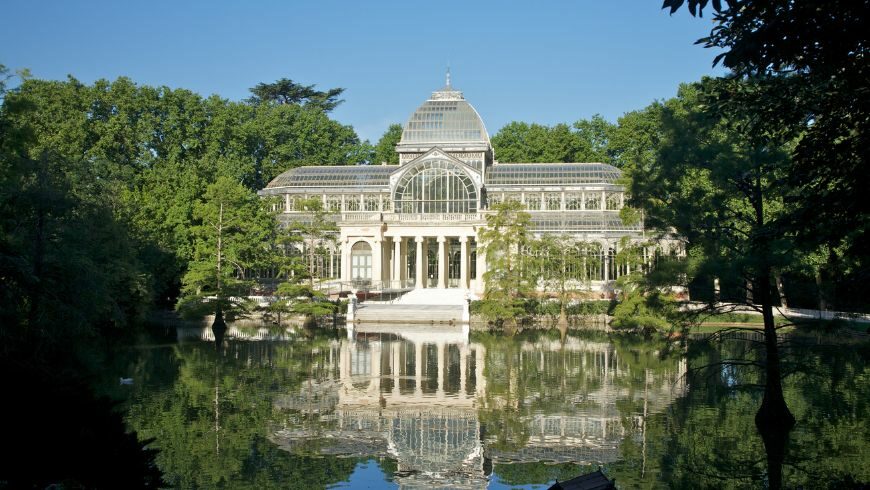
Beyond its natural beauty, Retiro Park boasts architectural gems that add a touch of grandeur to the landscape. One such marvel is the Crystal Palace, an iconic glass structure on the lake’s edge. Originally designed to house exotic plants, today, it serves as a venue for contemporary art exhibitions, seamlessly blending the historical with the modern. The park is adorned with statues, fountains, and monuments, each telling a story of the park’s rich history and cultural significance.
Puerta del Sol: The Heartbeat of Madrid
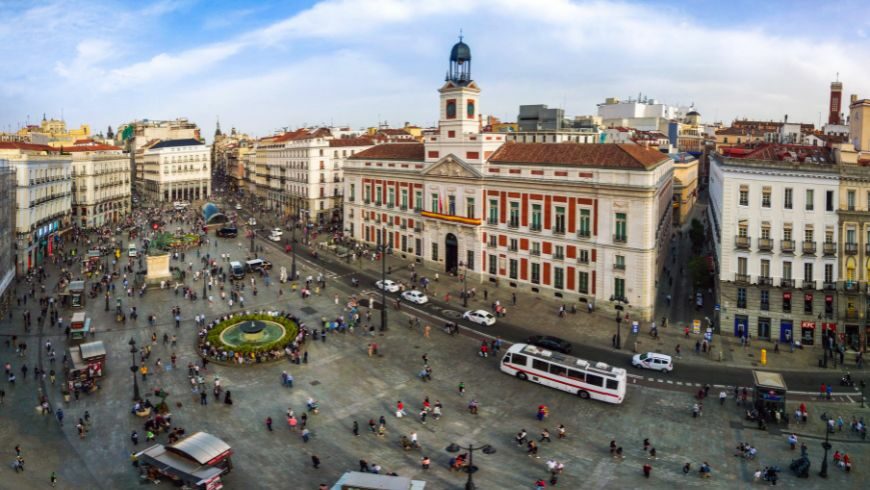
Puerta del Sol is not just a bustling square; it is the very pulse of the city, where history, culture, and contemporary life converge in a vibrant display. Puerta del Sol has witnessed centuries of events as one of the most iconic and symbolic locations in the Spanish capital, making it an indispensable destination for locals and tourists.
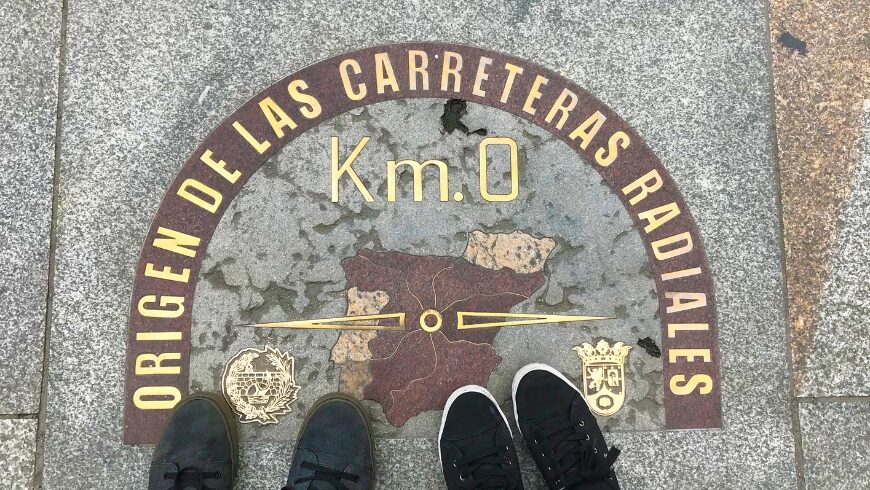
The name “Puerta del Sol” translates to “Gate of the Sun,” the square has long served as a central point for various historical and social gatherings. One of its most iconic features is the “Kilometer Zero” marker embedded in the pavement – a reference point from which all radial roads in Spain are measured. This small but significant marker symbolizes the country’s center, adding a touch of historical weight to the square.
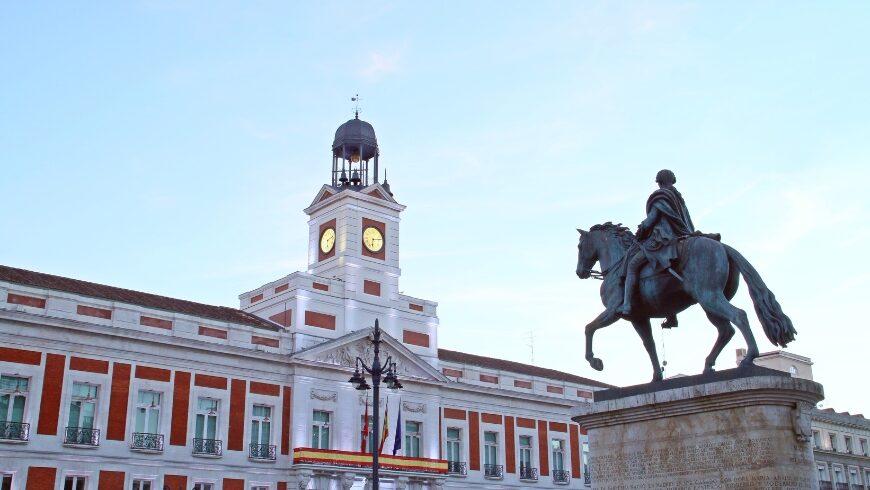
Surrounded by historical landmarks, Puerta del Sol is a visual feast for architecture enthusiasts. The Real Casa de Correos, an impressive building dominating the square, serves as the seat of the President of the Community of Madrid. Its clock tower, adorned with a bronze bell, has become a symbol of the New Year’s Eve countdown, attracting thousands to celebrate in the square. The equestrian statue of Charles III and the Tío Pepe sign atop the building of the same name further contribute to the square’s distinctive charm.
El Rastro: Madrid’s Famous Flea Market
The city’s famed flea market. Nestled in the historic neighborhood of La Latina, El Rastro comes alive every Sunday, transforming the cobbled streets into a bustling panorama of stalls, vendors, and eager shoppers. This iconic market is not merely a place to shop; it’s a dynamic and immersive experience that captures the essence of Madrid’s lively street life and rich cultural heritage.
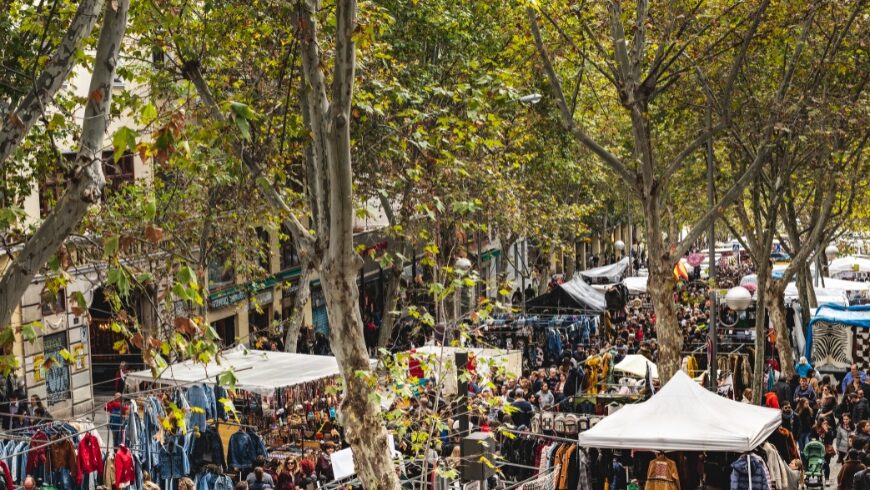
El Rastro’s history dates back to the Middle Ages, when it originated as a traditional open-air market for second-hand goods. Over the centuries, it has evolved into a sprawling marketplace that attracts locals and tourists alike. The name “El Rastro” is believed to have originated from dragging refuse, or “rastro,” along the streets. Today, the market continues to reflect its historical roots, offering various goods ranging from antiques and vintage items to clothing, accessories, and quirky knick-knacks.
Templo de Debod: Sunset Views Overlooking the City
In the heart of Madrid, an unexpected and ancient Egyptian gem awaits those seeking a serene escape and breathtaking views – the Templo de Debod. Nestled in the Parque de la Montaña, this temple, originally located in southern Egypt, was dismantled, transported, and reconstructed in Madrid as a gesture of gratitude from the Egyptian government for Spain’s help in saving the Abu Simbel temples. Today, Templo de Debod stands as a cultural bridge, offering visitors a tranquil retreat and a front-row seat to one of the city’s most spectacular sights – the sunset over Madrid.
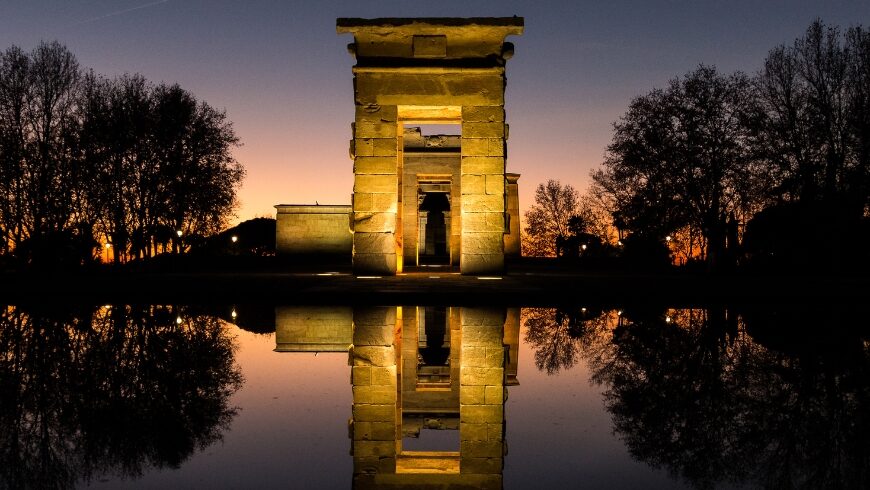
The Templo de Debod dates back to the 2nd century BC and is dedicated to the goddess Isis and the god Amun. Its original location was near the Nile River in Lower Nubia. The temple features characteristic Egyptian architectural elements, including papyrus-shaped columns and beautifully carved reliefs depicting scenes of religious rituals. Visitors approach the temple and are transported to a different time and place, experiencing a fascinating blend of cultures between ancient Egypt and modern Spain.
Street Art in Lavapiés: A Canvas of Urban Expression
Lavapiés has emerged as a vibrant and dynamic canvas of urban expression. What was once a working-class district has transformed into an open-air art gallery, where the narrow streets and building facades serve as the backdrop for a diverse range of street art. Lavapiés, with its eclectic mix of cultures, social activism, and creative energy, has become a haven for artists seeking to make a statement, share their stories, and infuse the neighborhood with a burst of color and creativity.
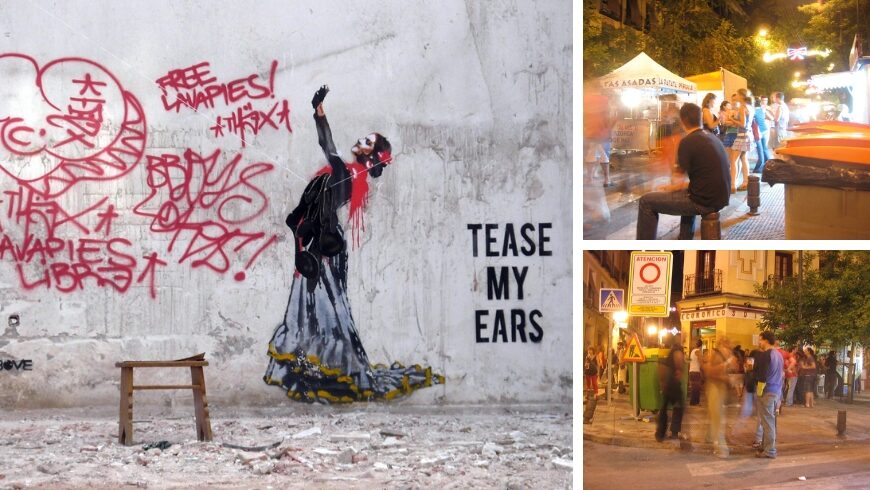
Lavapiés boasts a street art scene as diverse as the community. Walking through its streets, visitors are treated to an ever-changing panorama of murals, graffiti, stencils, and installations. The art in Lavapiés reflects the neighborhood’s rich history, social struggles, and the unique blend of cultures within its borders.
